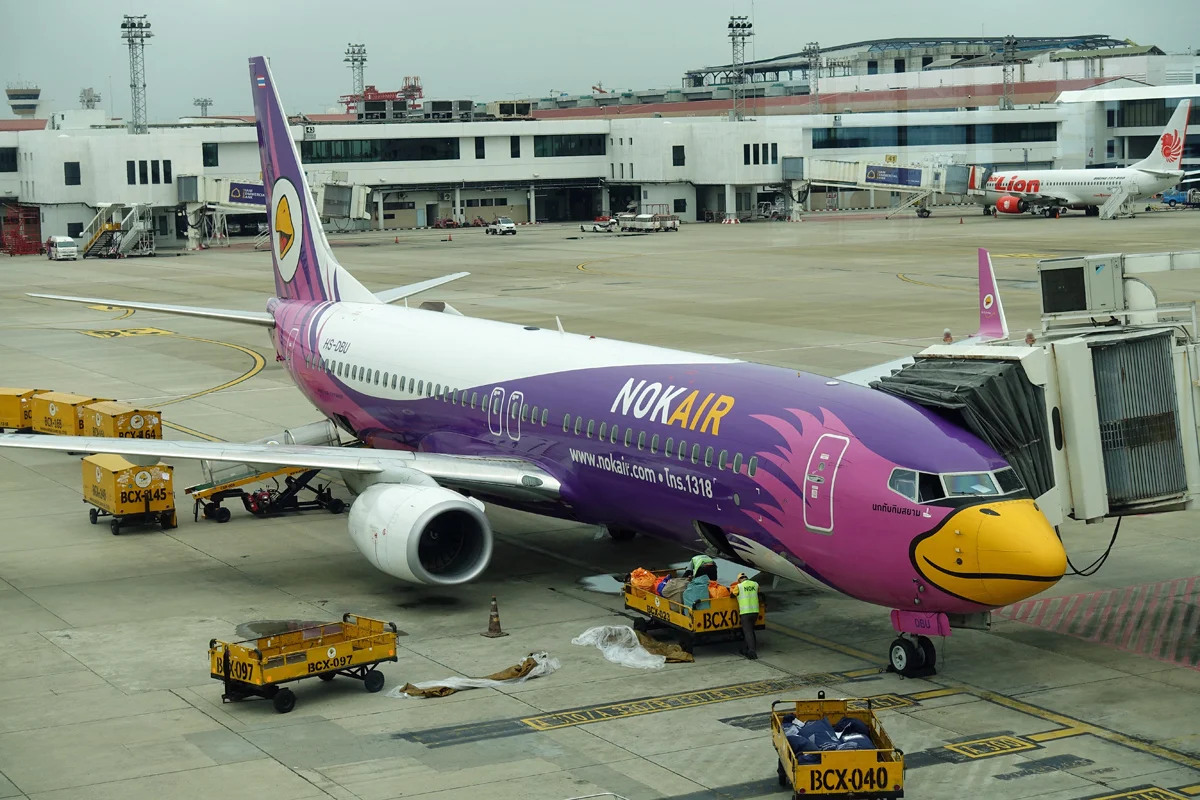Bamboo Nest
Living in an apartment with no garden in the inner-city has made longing for a house in the countryside. I have been following the tiny house movement with interest. In Thailand I stayed in a little bamboo hut west of Chiang Rai. The place is called Bamboo Nest and is located above a small village. The owner Nok picks you up in Chiang Rai and after a smooth ride along the river Kok the last few kilometers are so steep her 4x4 drive could barely handle the road.
The huts have one room, the only furniture being a double bed with mosquito net, a separate shower and toilet in the back and a spacious veranda with a hammock, also completely made of bamboo. There is no kitchen, so these huts are mainly constructed for sleeping.
A tiny house is a residential structure under 46 m2 so I guess these huts could be considered tiny houses. Personally I think a living space smaller than 46 m2 is too small for permanent residence unless you downsize your stuff radically.
























